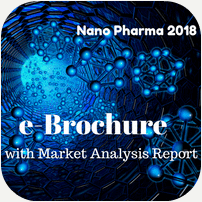Bart Wathiong
Flemish Institute for Technological Research, Belgium
Biography
Delivery of therapeutic nanoparticles (NPs) by stem and progenitor cells can overcome the limitations of NP carriers and can create opportunities for stem cell transplantation. In this respect, we studied the interaction between engineered NPs and ex vivo derived hematopoietic progenitor cells (HPC). CD34-positive HPC were derived from human cord blood and were exposed to fluorescent carboxylate polystyrene NPs of 40, 100 and 200nm size, and to 50nm SiO2 NPs. NP uptake kinetics were assessed by measuring fluorescence intensity at short time intervals using flow cytometry. HPCs demonstrated a rapid (within 1 hour), but transient loading behavior which was retained upon changing the size and composition of the NPs. Using confocal microscopy fluorescent NPs were observed to appear mainly at the outer boundary of the cells, while only few were located in the intracellular compartment. These findings contrast with reported observations of steadily increasing NP internalization in other cell types, such as phagocytic cells or cell lines, and suggest that CD34+ progenitor cells handle NPs by using different mechanisms. Further research will be conducted to investigate the processes underlying the interactions between the NPs and the cellular membrane.

